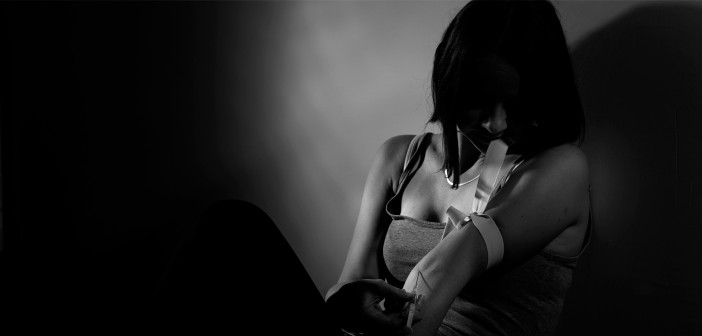In 2016, nearly 5,000 patients were admitted to publicly funded Substance Use Disorder (SUD) providers in Genesee County. Of these, alcoholism and heroin addiction were the top two primary diagnoses and represented nearly the same proportion of admissions (29.6 and 29.5 percent, respectively), followed by cocaine (14.4%), marijuana (12.3%), prescription opiates (10.4%), methamphetamine (2.1%), benzodiazepines (1.1%), Ecstasy (0.3%), and others (0.3%).
Genesee County is ranked fourth in the state for both deaths due to opioid overdose (after Wayne excluding Detroit, Macomb and Kent) and deaths due to heroin overdose (after Wayne excluding Detroit, Macomb and the city of Detroit). In 2010, the mortality rate due to heroin and opioid overdose in Genesee County was 19.5 deaths per 100,000, compared to just 6.5 deaths per 100,000 in Michigan.
In 2010 and 2011, Genesee County saw an unprecedented spike in opioid-related overdose deaths (83 and 67 respectively) with one quarter to one third related to heroin use (26 heroin deaths in each of those years). This represented a sharp contrast to statistics from 1999 and 2000, in which only two deaths each year were related to opioid or heroin overdose.
Genesee Community Health Clinic, a federally qualified health clinic affiliated with Genesee Health System, responded to this burgeoning opioid epidemic by implementing two medically assisted treatment (MAT) programs. These programs are fully integrated with social work services and Health Coach support in an effort to provide a multi-faceted approach to addiction treatment, honoring the concept that there are many pathways to recovery; not all patients will respond to the same approach.
Community-wide, however, the need for addiction treatment far outweighs the resources available to meet those needs. Recent efforts to increase access to treatment include an increase in the number of patients a buprenorphine-certified physician can treat to 275 from a previous limit of 100. Also, nurse practitioners can now obtain training to apply for their own buprenorphine certification. Integrated programs that also include counseling and/or peer support can provide much needed attention to the behavioral components of addiction, although funding can prove challenging for small or private practices. Community-based 12-step programs can be highly effective as well, and can provide valuable spiritual support to those pursing recovery.
Finally, while treatment and recovery are obvious desirable outcomes, the importance of immediate, life-saving measures should not be overlooked. The natural course of addiction often involves recurrent non-fatal overdose episodes and failed treatment attempts before long-term recovery is achieved. The likelihood of surviving an overdose can be dramatically increased by having ready access to a naloxone rescue kit. Naloxone reverses the effects of opioid drugs and can be a valuable life-saving intervention when given to someone who has stopped breathing as the result of an opioid overdose. Friends and family members of people known to use opiates, including those who are legitimately prescribed opiates for painful conditions, should become familiar with proper use of naloxone rescue kits and have them available in case of emergency.
Community-wide, the need for addiction treatment far outweighs the resources available to meet those needs.
Medical Assisted Treatment (MAT) resources in Genesee County include:
• Genesee Community Health Clinic (Buprenorphine and Naltrexone MATs; free naloxone kits) 810.496.5777
• Region 10 Access 810.257.3740








